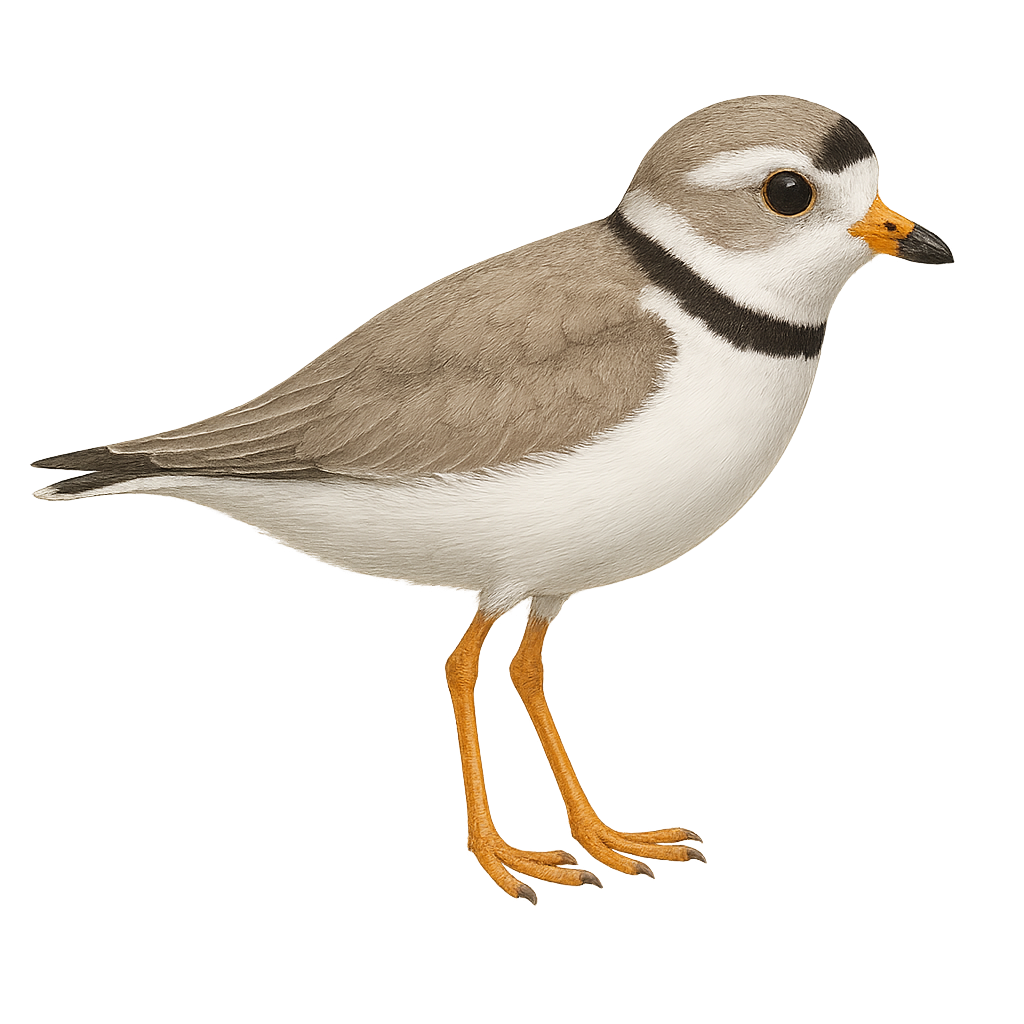Your wildlife photography guide.
Explore the piping plover in detail, study its behavior, prepare your shots.
Where to observe and photograph the piping plover in the wild
Learn where and when to spot the piping plover in the wild, how to identify the species based on distinctive features, and what natural environments it inhabits. The WildlifePhotographer app offers tailored photography tips that reflect the piping plover’s behavior, helping you capture better wildlife images. Explore the full species profile for key information including description, habitat, active periods, and approach techniques.
Piping Plover
Scientific name: Charadrius melodus

IUCN Status: Near Threatened
Family: CHARADRIIDAE
Group: Birds
Sensitivity to human approach: Suspicious
Minimum approach distance: 15 m
Courtship display: April to June
Incubation: 24-26 jours
Hatchings: April to July
Habitat:
Sandy beaches, dunes, coastal areas
Activity period :
Primarily active during the day, with peak activity in the morning and late afternoon.
Identification and description:
The Piping Plover, Charadrius melodus, is a small coastal bird with pale plumage, primarily white and gray, featuring bright orange legs and a short black bill. Known for its melodious call, it nests on sandy beaches and dunes. This plover is often found along the Atlantic coast and the Great Lakes in North America. Unfortunately, it is threatened by habitat loss and human disturbances, leading to conservation efforts to protect its nesting sites. Adults measure about 17 to 18 cm in length with a wingspan of 35 to 41 cm. Their diet mainly consists of insects and small crustaceans.
Recommended lens:
400mm – adjust based on distance, desired framing (portrait or habitat), and approach conditions.
Photography tips:
To photograph the Piping Plover, it's essential to maintain a safe distance of at least 15 meters to avoid disturbing it, especially during the nesting season. Use a telephoto lens of 400mm or more to capture detailed images without getting too close. Sandy beaches and dunes provide an ideal natural backdrop. Shoot early in the morning or late in the afternoon to take advantage of soft light and avoid peak human activity hours. Be patient and wait for the bird to move naturally in its habitat.
The WildlifePhotographer App is coming soon!
Be the first to explore the best nature spots, track rutting seasons, log your observations, and observe more wildlife.
Already 1 430 wildlife lovers subscribed worldwide

